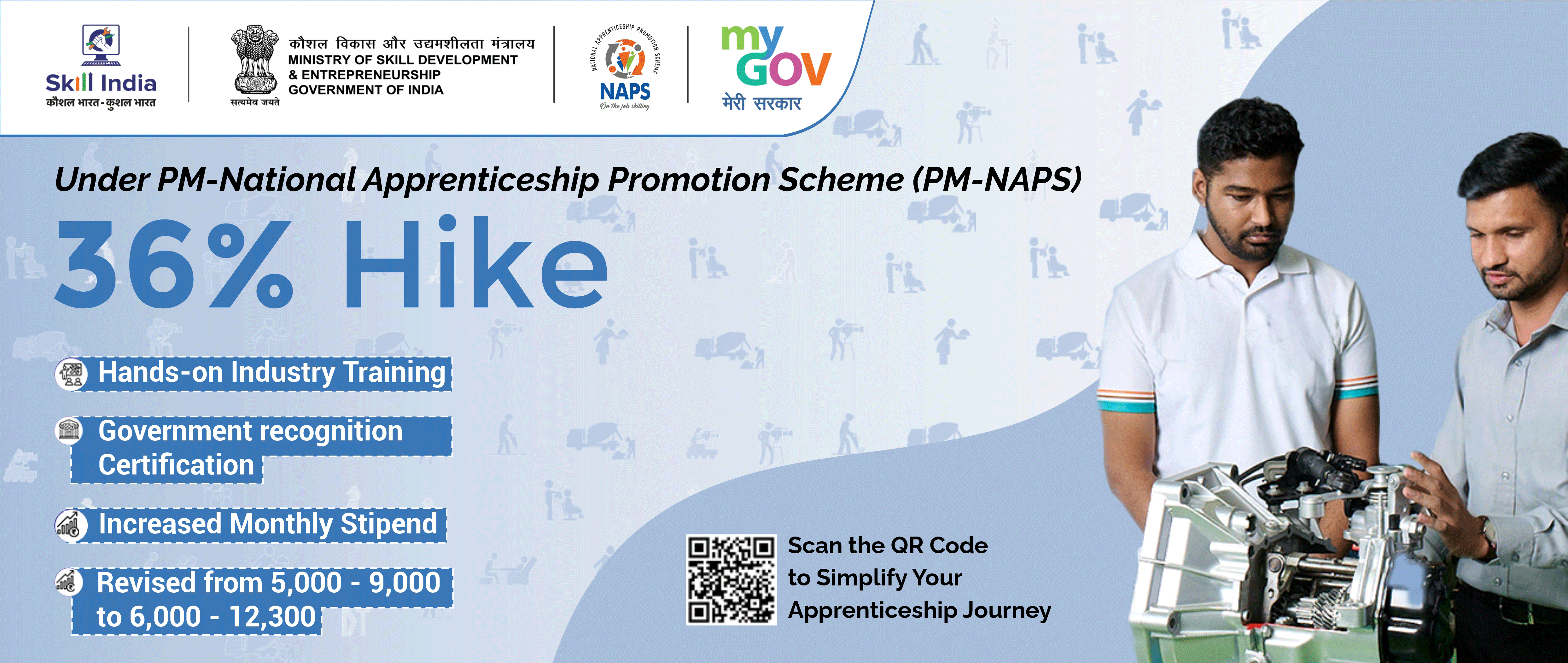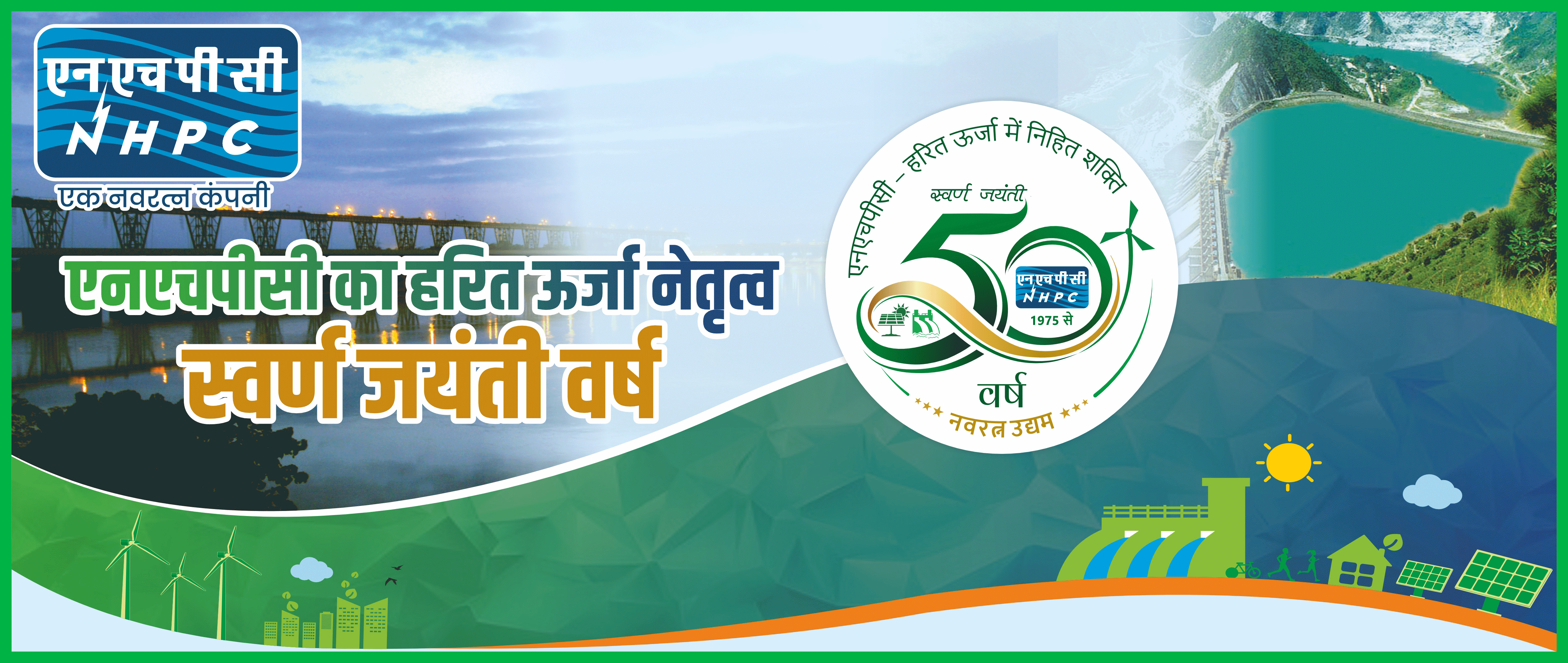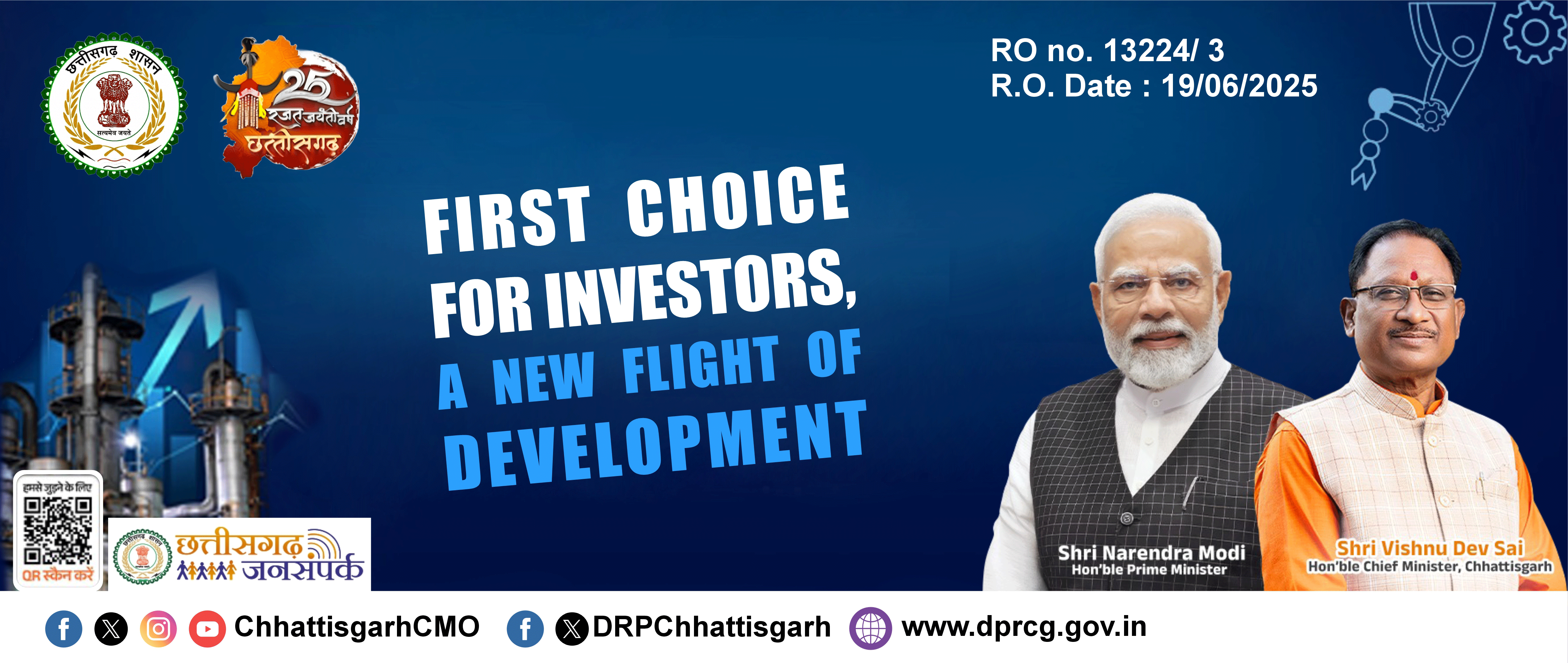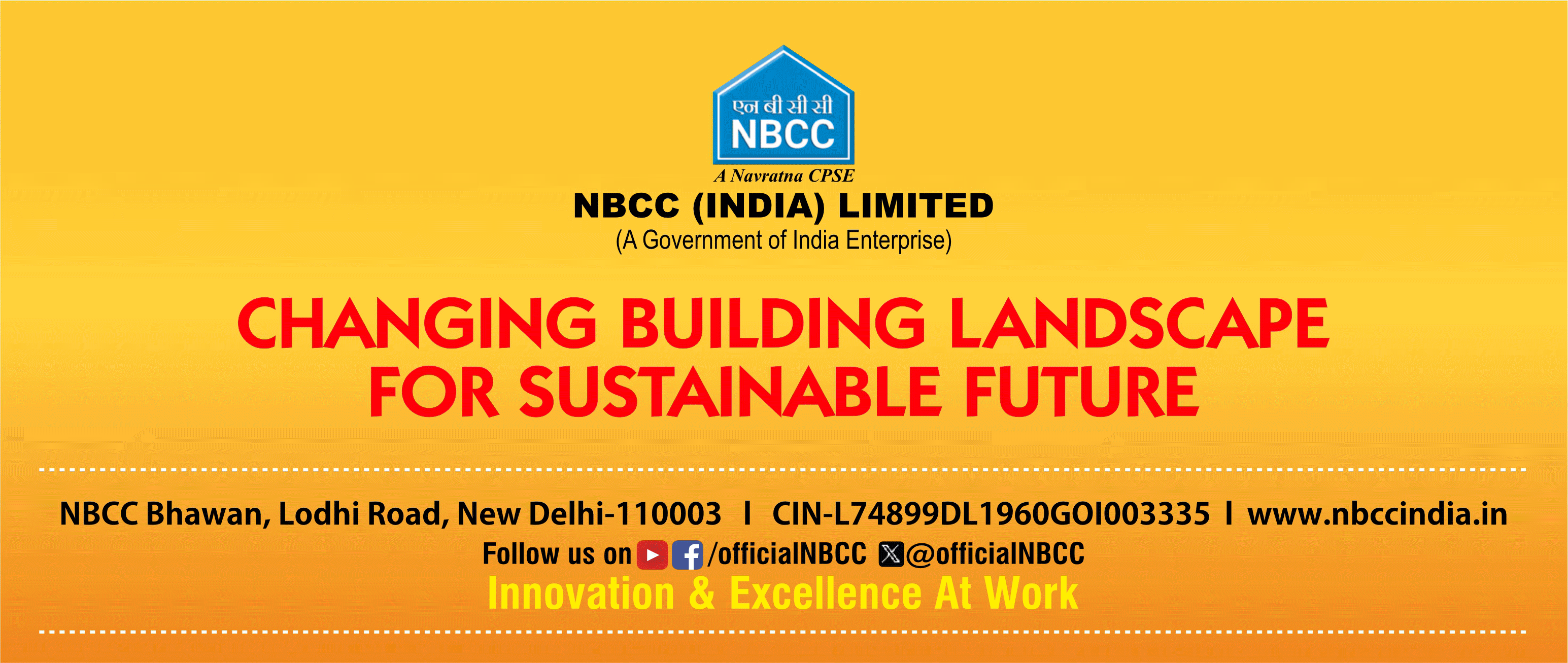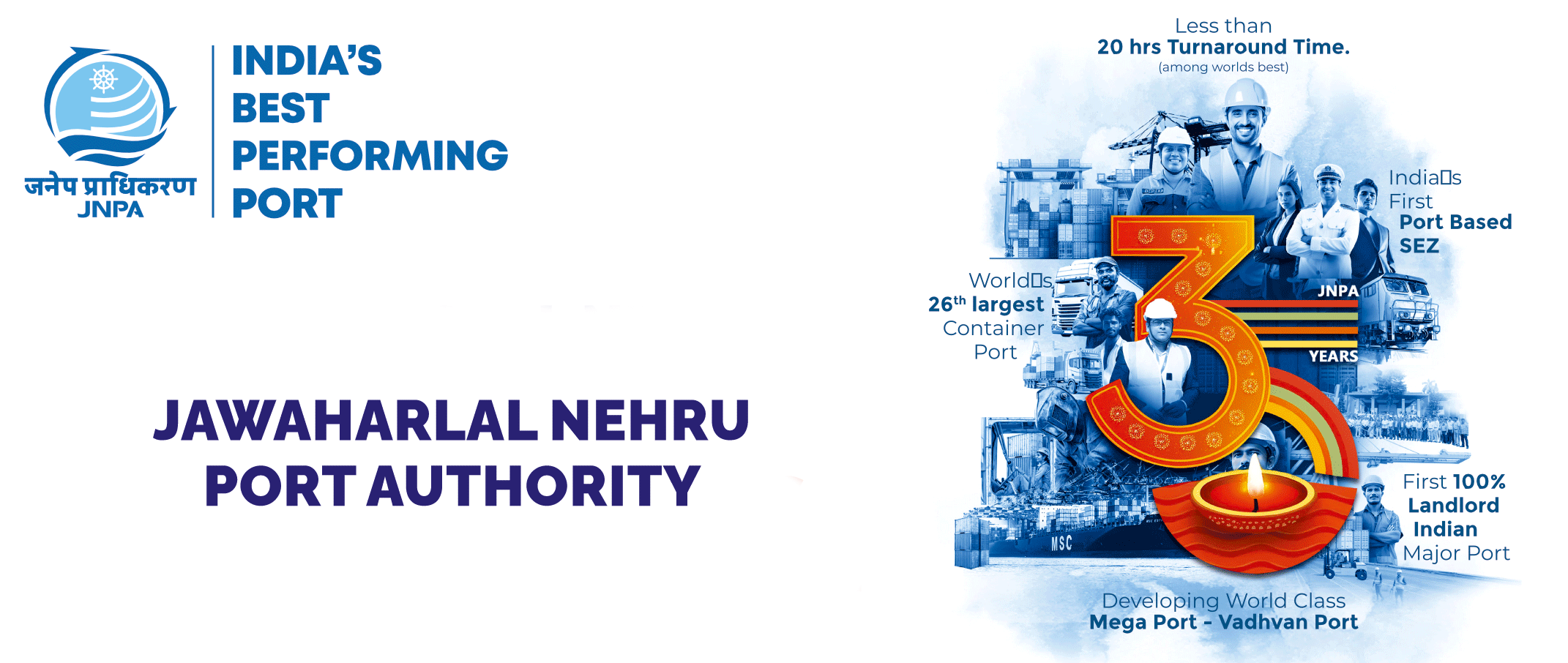Ahmedabad (16.01.2024): Green hydrogen, an alternative to fossil fuels that has the potential to help achieve net zero emissions for countries like India, needs to be adopted on a broader scale, says Gautam Adani, Chairman, Adani Group, in his blog for the 54th Annual Meeting of the World Economic Forum (WEF). The viability of green hydrogen depends upon reduction in its production cost, in which vertical integration has a big role to play.
Titled “Reducing costs: The key to leveraging green hydrogen on the road to net zero”, Adani reflects on the viability and potential of green hydrogen as a key alternative to fossil fuel as the world seeks transition towards a clean and renewable future.
The blog, published on the WEF website, says, “Hydrogen has been known as a potential energy storage medium for over a century. It can produce electricity in fuel cells with water as the only waste product or through combustion in turbines without carbon dioxide (CO2) emissions. It's a feedstock for fertilizers and chemicals.”
However, the blog says, almost all hydrogen today is produced from fossil fuels, emitting nearly a billion tonnes of CO2 equivalent each year. And this is where green hydrogen has a big role to play. Green hydrogen is a clean fuel, a scalable energy storage solution and a zero-emission industrial feedstock. It will hold the key to realise the dream of carbon neutrality across the world.
Hence, to fully realise its potential, the blog emphasises on the importance of broader adoption of green hydrogen, for which its cost of production must decline from the current $3-5/kg towards $1/kg for widespread adoption.
Adani also draws attention towards the policy measures being introduced across the world to fast-track green hydrogen. These include, among others, enabling faster permitting for renewables, introducing production-linked incentives (PLIs) for equipment manufacturing, and creating certainty of demand via mandates for the progressive adoption of green hydrogen.
Reducing costs will require a relentless focus on vertical integration at scale, says the blog. The entire supply chain will have to be encompassed. Companies with backward integration are the only ones who will be able to provide the world with affordable green molecules.
Highlighting Green Hydrogen as an equitable solution, Adani notes, “For India, the equitable solution is not to replace one fossil fuel with another but to leapfrog to renewables and green hydrogen. The decrease in solar costs can be replicated with green hydrogen. This shift will help India achieve energy security and improve air quality in its cities. It will also contribute to food security by eliminating the uncertainties of imported ammonia prices, a crucial component in fertilizers. Most importantly, it will offer the world a chance to avert the adverse impacts of climate change.”
Adani New Industries Limited (ANIL) from Adani Enterprises Limited (AEL) is developing end-to-end solutions to produce globally competitive green hydrogen and its associated sustainable derivatives. The first project of ANIL of 1 million metric tonnes per annum (MMTPA) green hydrogen is being implemented in phases in Gujarat. The initial phase is expected to start production by FY2027. Depending on market conditions, ANIL aims to increase capacity to up to 3 MMTPA of green hydrogen in the next 10 years, with an investment of about $50bn.















